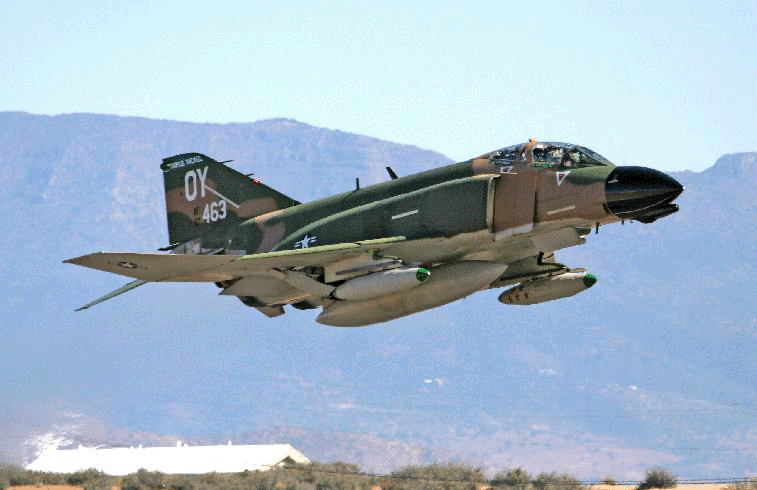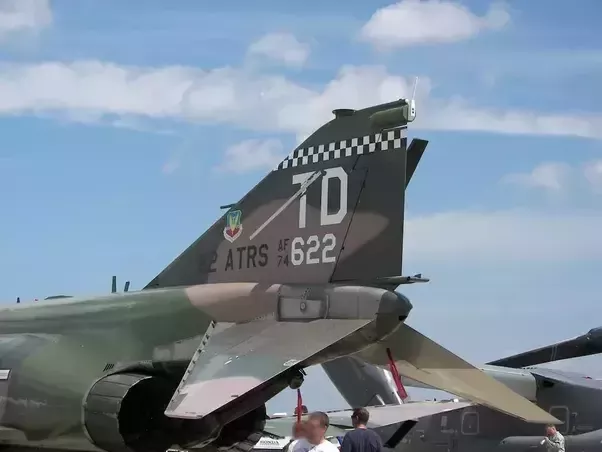Can you provide me some reading material on that? I'm not doubting you, but the anhedral on the tailplane has always struck me as interesting, and I'd like to find some of the technical details on it. Usually, dihedral--upsweep--increases stability, so when I see anhedral, I always cock an eyebrow.
The fact that it existed is proof that it worked. It was certainly a unique design among any aircraft I've ever seen.











